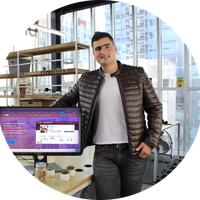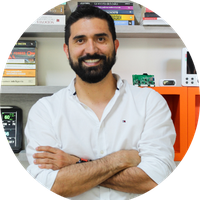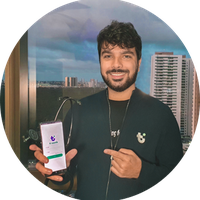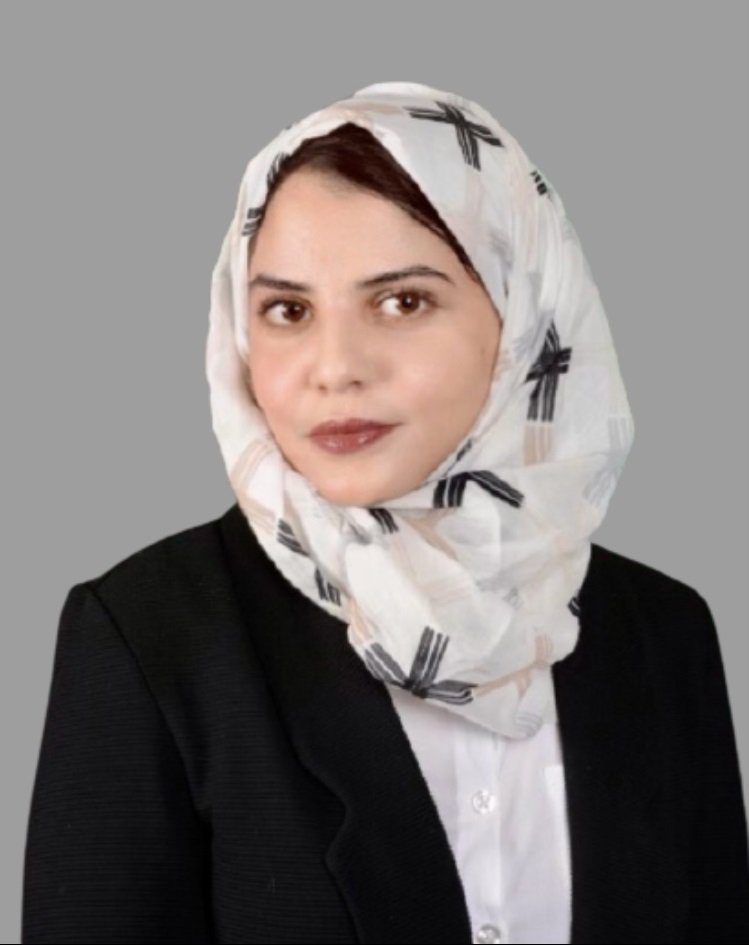Software
Ghada Zamzmi
Intelligent system for continuous monitoring, prompt detection, context-aware assessment, and early prediction of neonatal pain.

Latin America
Gerardo Sordo
Analyzing the real impact of influencers to connect them with brands to which they can add value through advertising.

Latin America
Sergio Marín
His start-up uses IoT to monitor patients remotely in order to improve access to health systems.

Latin America
Fred Rabelo
His telemedicine platform enables quality remote healthcare for everyone.

Latin America
Tomás Giovanetti
His video games help solve social problems such as bullying and transform corporate culture.
